
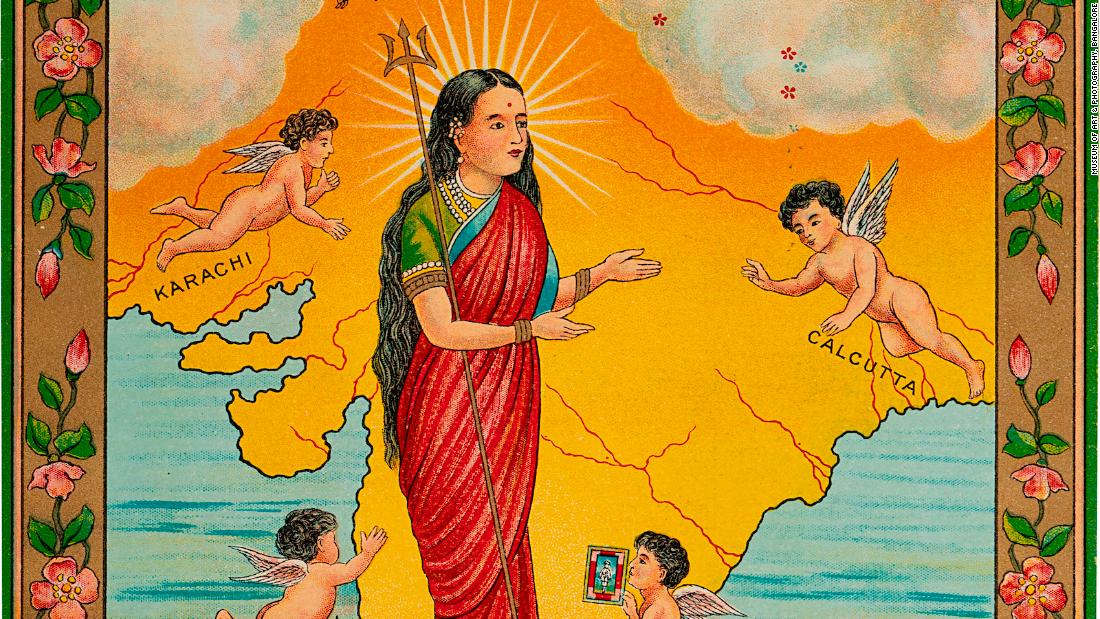
Set across a new five-story building, the private museum focuses — as its name suggests — on pre-modern, modern and contemporary art, as well as photography. But its rich archive of textiles, crafts and print advertising speaks to a wider mission: eroding the distinction between “fine” art and what the museum describes as “everyday creativity.”
Bollywood memorabilia and traditional woven fabrics share the spotlight with ancient bronzes and carved deities. MAP’s founder, the businessman and philanthropist Abhishek Poddar, said the collection puts “everything on one level playing field.”
“The entire differentiation between ‘high’ art and ‘low’ art, decorative arts and fine arts, is not an Indian concept,” said Poddar, who is among the country’s most prominent art collectors, in a video call. “It’s a very Western construct. That’s how we’ve grown up looking at it in museums, but not that’s not how it is in life.”
Bhupen Khakhar’s 1965 work “Devi,” which deconstructs the conventional image of a goddess, features in a MAP exhibition charting the representation of women in Indian art. Credit: Museum of Art & Photography, Bangalore
Making the collection accessible — and sidestepping perceptions that art galleries are elitist institutions — is part of Poddar’s goal of fostering what he calls a “museum-going culture” in India. Much of MAP is free to the public, with fees for ticketed exhibitions waived one afternoon per week. The museum said it welcomed over 1,000 people on each day of its opening weekend.
“India has some of the most amazing art, both in terms of what was made in the past and what’s being made today,” said Poddar, who founded MAP with 7,000 works from his private collection and has since donated “a few thousand” more. “Why is it that we don’t go to Indian museums, but every time we travel overseas, one of the first things we do is go to a museum over there?”
MAP’s opening program also reflects its concern with overlooked narratives. Take its top-billed exhibition, “Visible/Invisible,” which explores the representation of women throughout Indian art history.
Over the centuries, females have been depicted as goddesses and mothers, as nurturers and commodities. Yet, barring rare exceptions like painter Amrita Sher Gil, they were until recently viewed exclusively through the eyes of men, explained the show’s curator and MAP director, Kamini Sawhney.

A textile label from the trading company Shaw Wallace, depicting a woman as “Goddess India,” is among the examples of everyday design in the show. Credit: Museum of Art & Photography, Bangalore
“India women are deified as goddesses and, at the other end of the spectrum, they are looked at as objects of desire,” she said in a video call shortly after the show’s opening. “So where is the space in between for women to just be normal mortals with the ambitions, desires and frailties that all of us have?”
As the 20th century progressed, women began “taking hold of the narrative,” Sawhney added. As such, later works include the female artists whose rise reflected women’s changing status and the wider feminist art movement. A brooding 1991 painting by Nalini Malani imagines mythical women as figures of both nurture and violence; Nilima Sheikh’s “Mother and Child 2” depicts a maternal bond that millennia of male artists could only guess at.
The exhibition also features six original works commissioned to help fill gaps in the canon, including a quilt by non-binary artist Renuka Rajiv and a video work by LGBTQ collective Payana that was created in collaboration with transgender people aged 50 and above.

A still from the 1950 movie “Dahej,” which MAP’s exhibition catalog describes as a “powerful critique of the practice of dowry in India.” Credit: Museum of Art & Photography, Bangalore
At a time when museums are expected to be more than just vessels for art, Sawhney’s curatorial approach seeks to counter biases. Future exhibitions, she said, will draw on the craft traditions of marginalized communities and indigenous art that has not, traditionally, been “seen as worthy of entering a museum.”
A museum is not “just objects on walls,” Sawhney said, adding: “Whose narrative are we telling all the time? Or whose perspectives are we presenting? I think it’s a loss for our audiences if they’re not able to hear multiple voices. So, we see MAP as a space not just for dominant voices, but for everyone’s voice in the community.”
With a 44,000-square-foot building designed by local architecture firm Mathew & Ghosh, MAP features four galleries, an auditorium, a conservation center and a research library. It also enjoys a central location in what is essentially the museum district of Bengaluru, a city often dubbed “India’s Silicon Valley.”

The museum opened with four exhibitions largely drawn from its 60,000-item collection. Credit: Krishna Tangirala/Museum of Art & Photography, Bangalore
Beyond Poddar’s personal contributions, and in lieu of an acquisition budget, the rest of MAP’s collection comprises gifts from philanthropists and other donors. The founder estimates that ticket sales will cover “barely 10%” of the museum’s costs, with sponsorship and donations making up much of the shortfall.
But while Poddar recognizes that arts and culture hardly register on what he calls India’s “hierarchy of needs,” he sees investment in the sector as essential for preserving cultural heritage. He compared the loss of India’s artistic traditions to “an animal going extinct.”
“I think it’s time we started looking at this a lot more seriously, as a country and as a people,” he said. “This is not one person’s, one group’s or community’s domain — it’s for all of us.”
24World Media does not take any responsibility of the information you see on this page. The content this page contains is from independent third-party content provider. If you have any concerns regarding the content, please free to write us here: contact@24worldmedia.com
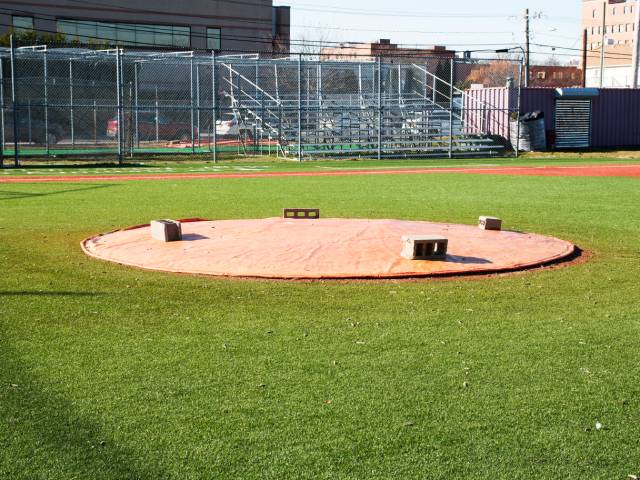
Common Mistakes When Using Athletic Field Tarps

High-Performance Diesel Truck Upgrades You Should Consider

Warehouse Optimization Tips To Improve Performance
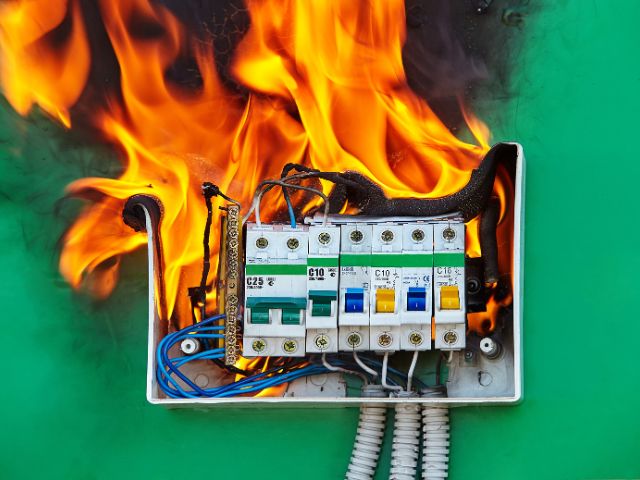
Fire Hazards in Daily Life: The Most Common Ignition Sources

Yellowstone’s Wolves: A Debate Over Their Role in the Park’s Ecosystem
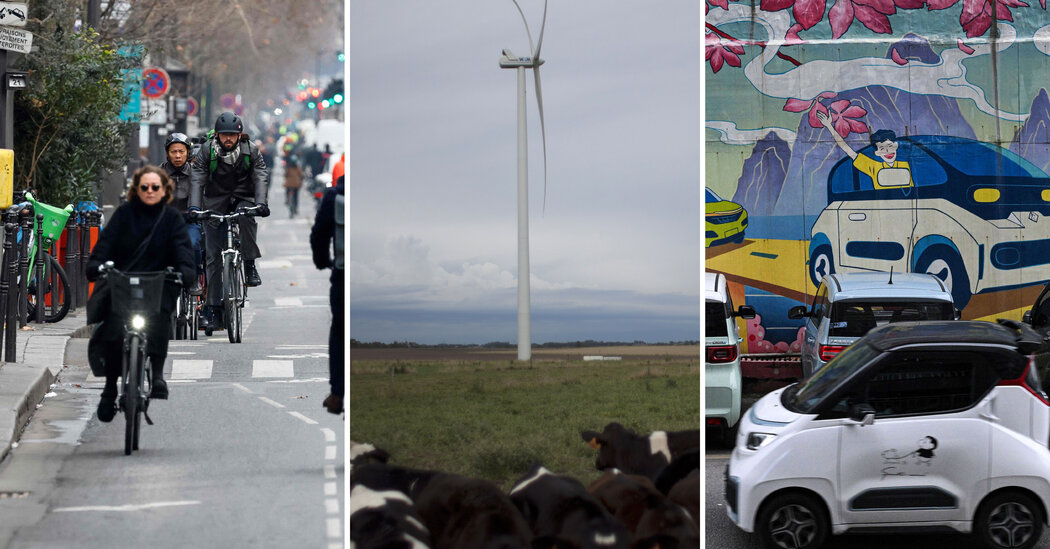
Earth Day 2024: A Look at 3 Places Adapting Quickly to Fight Climate Change
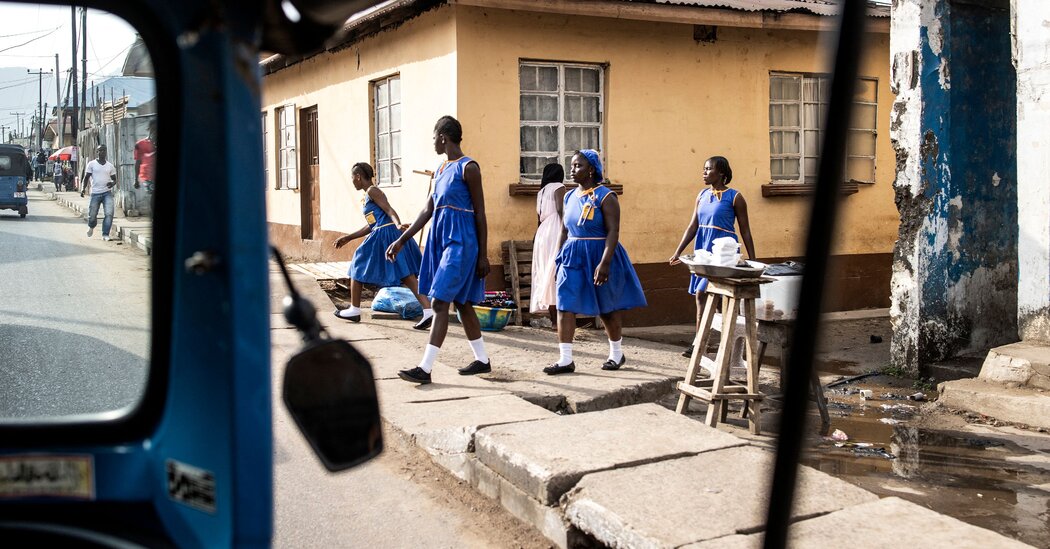
Millions of Girls in Africa Will Miss HPV Shots After Merck Production Problem
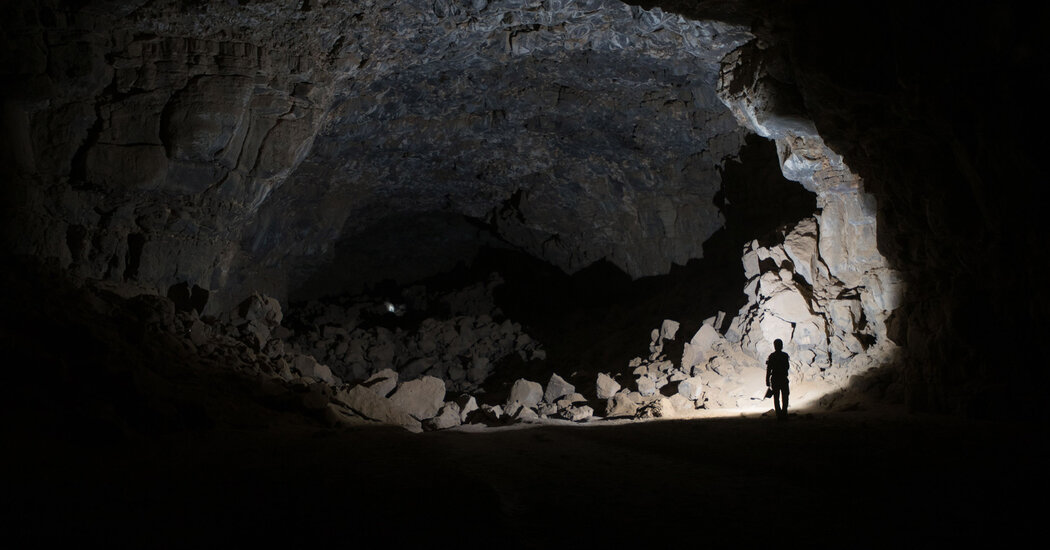
This Lava Tube in Saudi Arabia Has Been a Human Refuge for 7,000 Years
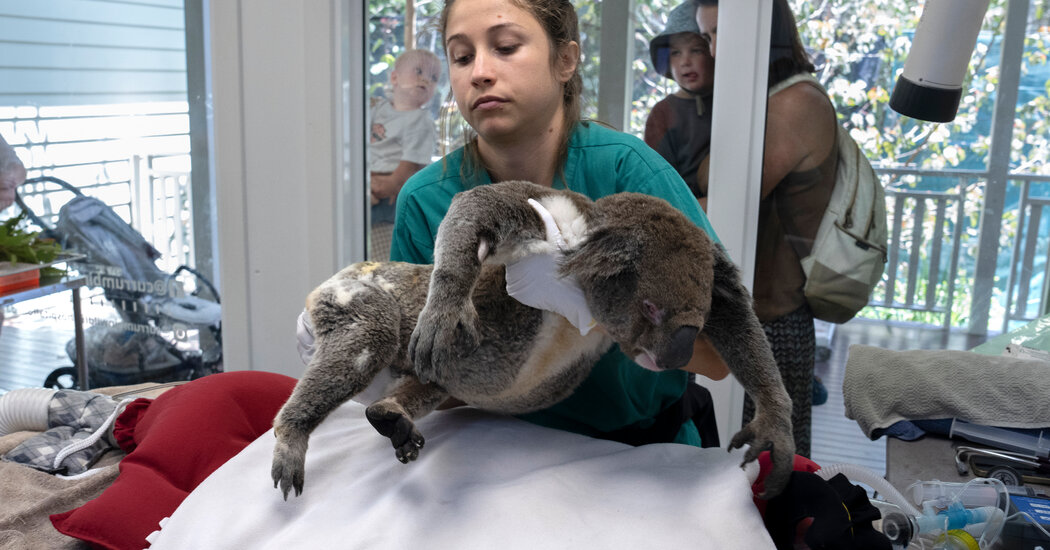
Four Wild Ways to Save the Koala (That Just Might Work)
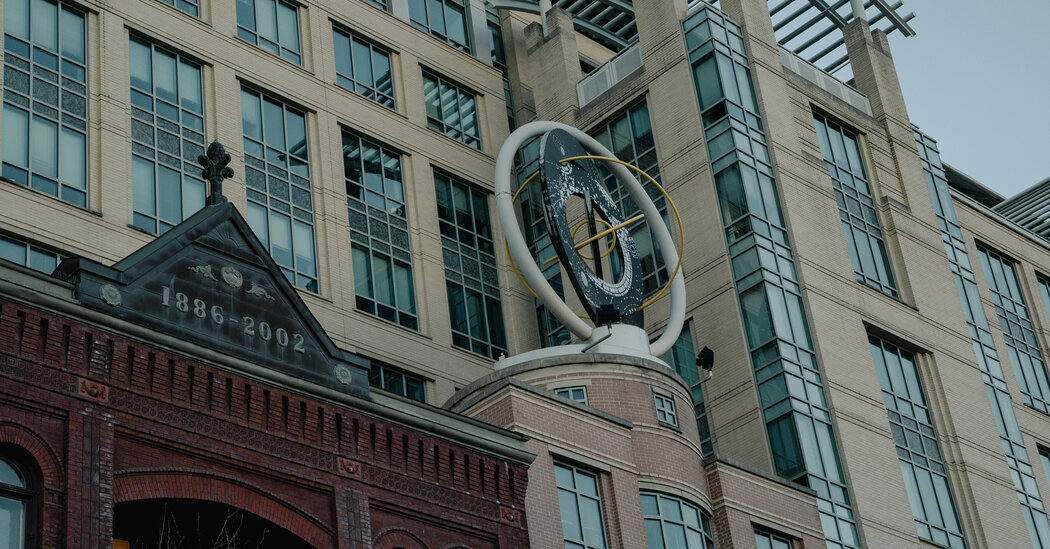
National Academy Asks Court to Strip Sackler Name From Endowment

Ways Industrial Copper Helps Energy Production
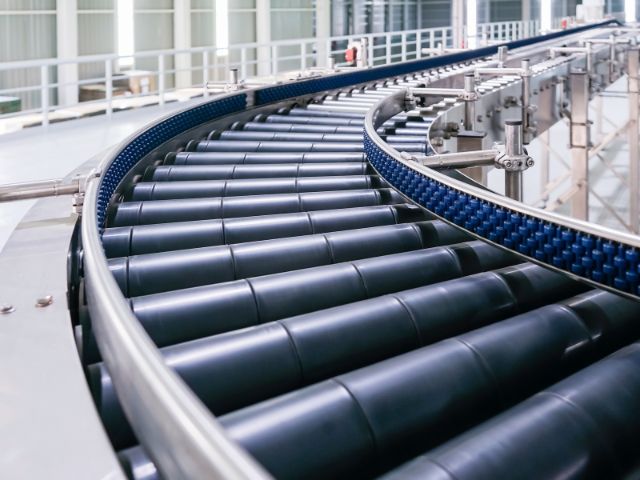
The Ins and Out of Industrial Conveyor Belts